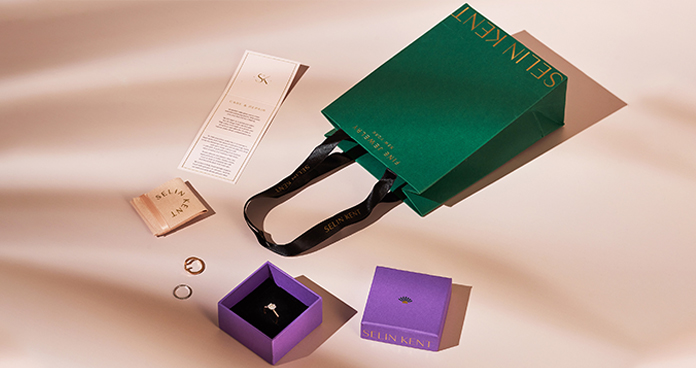The Psychology of Bag-Packaged Goods: How Packaging Influences Buying Decisions

In the bustling aisles of supermarkets and retail stores, consumers are faced with an overwhelming array of choices. Amidst this sea of products, one aspect stands out as a powerful influencer of buying decisions: packaging. The packaging of a product is far more than just a protective shell; it is a carefully crafted tool that taps into the intricate workings of human psychology. This article delves into the fascinating world of the psychology behind bagged packaged goods and how packaging plays a pivotal role in shaping consumer preferences and buying behaviors.
Visual Appeal and First Impressions
The age-old adage “Don’t judge a book by its cover” might hold true in certain contexts, but when it comes to consumer goods, the cover – or in this case, the packaging – can significantly impact purchasing decisions. Human beings are highly visual creatures, and our brains are wired to process visual information rapidly. When faced with a myriad of products on a shelf, the packaging is often the first point of contact. Vibrant colors, distinctive designs, and attractive visuals draw our attention and trigger an initial emotional response.
Branding and Identity
Packaging serves as a tangible representation of a brand’s identity. Whether it’s the iconic Coca-Cola red or the elegant simplicity of Apple’s product packaging, brands use packaging to convey their values, personality, and promise to consumers. A well-designed package not only establishes brand recognition but also fosters a sense of familiarity and trust. Consumers are more likely to opt for products from brands they recognize and have positive associations with.
Perceived Value and Quality
Packaging goes beyond aesthetics; it plays a pivotal role in shaping our perception of a product’s value and quality. Studies have shown that consumers often associate elaborate and luxurious packaging with higher quality, even though this might not always be the case. This phenomenon, known as the “premium perception,” has led many brands to invest in high-quality packaging materials to command premium prices for their products. On the flip side, minimalist and eco-friendly packaging might communicate a different value proposition – one of sustainability and conscious consumption.
Emotional Connection and Storytelling
Humans are hardwired to connect with stories. Effective packaging can tell a story that resonates with consumers on an emotional level. Whether it’s the tale of how a family recipe turned into a beloved snack or the journey of a product from farm to table, packaging can evoke feelings of nostalgia, empathy, and aspiration. These emotional connections can create a sense of bonding between the consumer and the product, leading to a higher likelihood of purchase.
Convenience and Functionality
Beyond aesthetics and emotional connections, packaging also serves a practical purpose – that of convenience. Bag-packaged goods are often chosen for their portability and ease of use. Brands that design packaging with consumer convenience in mind can tap into this preference, making their products more appealing to busy shoppers looking for quick and efficient solutions. Resealable bags, single-serving portions, and on-the-go packaging all cater to the modern consumer’s need for convenience.
Color Psychology and Decision Making
Colors have a profound impact on human emotions and decision-making processes. Each color evokes different feelings and associations. For instance, red can signify excitement and urgency, while green is often associated with health and nature. Brands strategically choose colors that align with their messaging and the emotional response they want to trigger in consumers. Understanding color psychology allows brands to create custom boxes and packaging that resonates with their target audience and encourages specific buying behaviors.
Influence of Limited Time Offers and Seasonal Packaging
Limited time offers and seasonal packaging create a sense of urgency and scarcity, triggering the fear of missing out (FOMO) in consumers. These strategies play into our evolutionary instincts, where scarcity indicated the need to seize an opportunity quickly. Limited edition packaging or holiday-themed designs not only capture attention but also encourage immediate action, driving sales during specific periods.
Conclusion
The psychology of bag-packaged goods is a complex interplay of visual appeal, emotional resonance, and practical convenience. Brands that understand the intricacies of consumer psychology can leverage packaging as a potent tool to influence buying decisions. From the initial impression to the emotional connection and even the functional aspects, packaging shapes our perceptions of value, quality, and identity. As consumers, being aware of these influences empowers us to make more informed choices and appreciate the subtle artistry that goes into the packaging designs we encounter every day.



